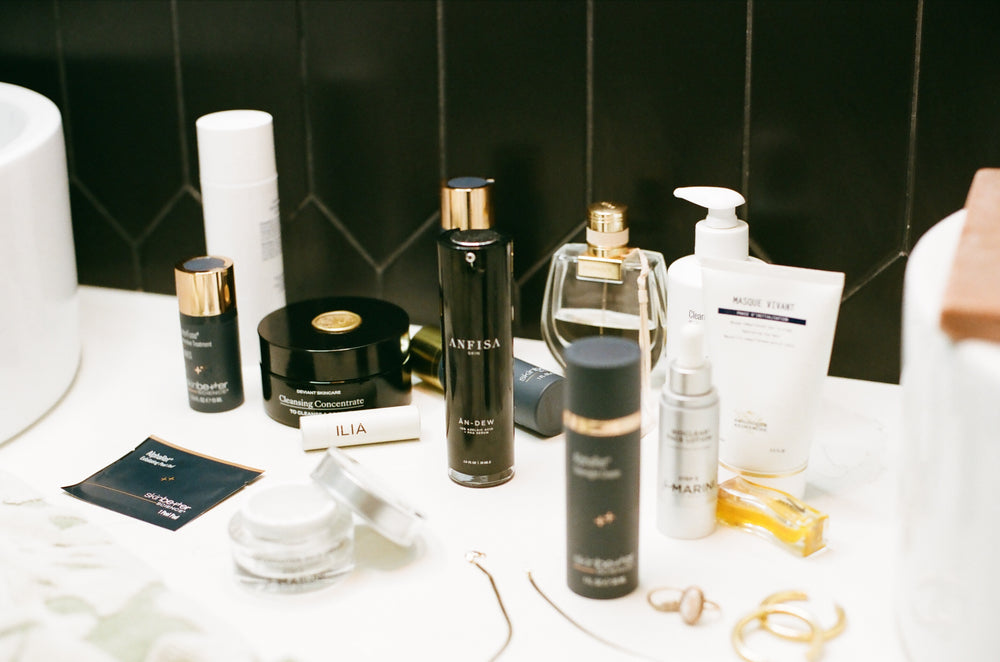The Epidermis: Your Skin's First Line of Defense
The epidermis, the outermost layer of the skin, serves as the primary barrier between the body and the external environment. Understanding its structure and function is essential for effective skincare and esthetic treatments.
Structure of the Epidermis
The epidermis is a stratified squamous epithelium composed mainly of keratinocytes, along with melanocytes, Langerhans cells, and Merkel cells. It is avascular, relying on diffusion from the underlying dermis for nutrient supply. The epidermis is organized into distinct layers:
- Stratum Basale (Basal Layer): The deepest layer, consisting of proliferative keratinocytes that give rise to the upper layers. Melanocytes and Merkel cells are also present here. [Source]
- Stratum Spinosum (Prickle Cell Layer): Composed of keratinocytes connected by desmosomes, providing structural integrity. Langerhans cells, involved in immune response, are found here. [Source]
- Stratum Granulosum (Granular Layer): Keratinocytes begin to flatten and accumulate keratohyalin granules, essential for keratin formation. [Source]
- Stratum Lucidum (Clear Layer): Present only in thick skin areas like palms and soles, providing an additional layer of protection. [Source]
- Stratum Corneum (Horny Layer): The outermost layer, consisting of dead, flattened keratinocytes (corneocytes) that are continuously shed and replaced. This layer is critical for barrier function. [Source]
Functions of the Epidermis
The epidermis performs several vital functions:
- Barrier Protection: Prevents entry of pathogens and minimizes water loss. [Source]
- Immune Defense: Langerhans cells detect and present antigens to the immune system. [Source]
- Melanin Production: Melanocytes produce melanin, protecting against ultraviolet radiation. [Source]
- Sensory Perception: Merkel cells function as mechanoreceptors, contributing to the sense of touch. [Source]
- Vitamin D Synthesis: Initiates the synthesis of vitamin D upon exposure to UVB radiation. [Source]
Esthetician's Role in Epidermal Care
Licensed estheticians specialize in treatments targeting the epidermis to promote skin health and appearance. Their scope of practice includes:
- Cleansing and Exfoliation: Removing impurities and dead skin cells to enhance skin texture.
- Hydration and Moisturization: Maintaining the skin's moisture balance to support barrier function.
- Topical Treatments: Applying products containing active ingredients like retinoids and antioxidants to address specific skin concerns.
- Sun Protection Education: Advising clients on the importance of daily sunscreen use to prevent photoaging.
It's important to note that estheticians are trained to work on the epidermis and do not perform medical procedures that penetrate deeper skin layers. [Source]
Conclusion
A thorough understanding of the epidermis is essential for effective skincare. By focusing on this layer, estheticians can provide treatments that enhance the skin's natural functions, leading to a healthier, more radiant complexion.
For personalized skincare advice and treatments, connect with us:
- 🌐 Website: skinjunkiesstudio.com
- 📅 Book Now: Skin Junkies Studio Facial Menu
- 📩 Email: hello@skinjunkiesstudio.com
- 📲 Instagram: @skin.junkies

